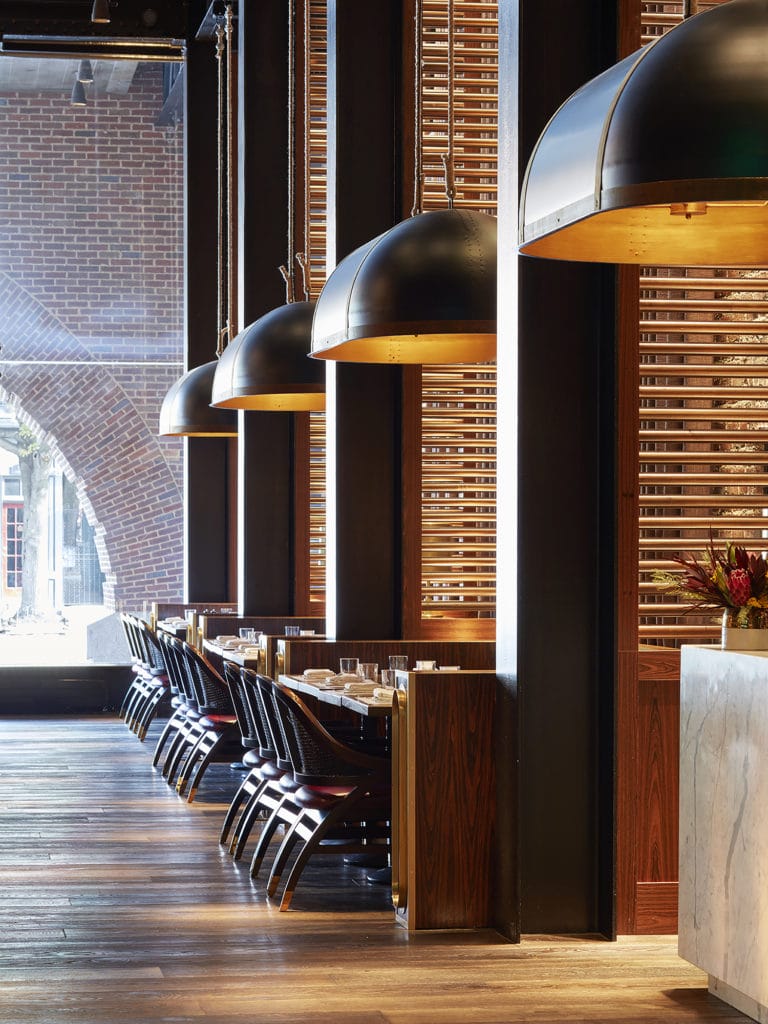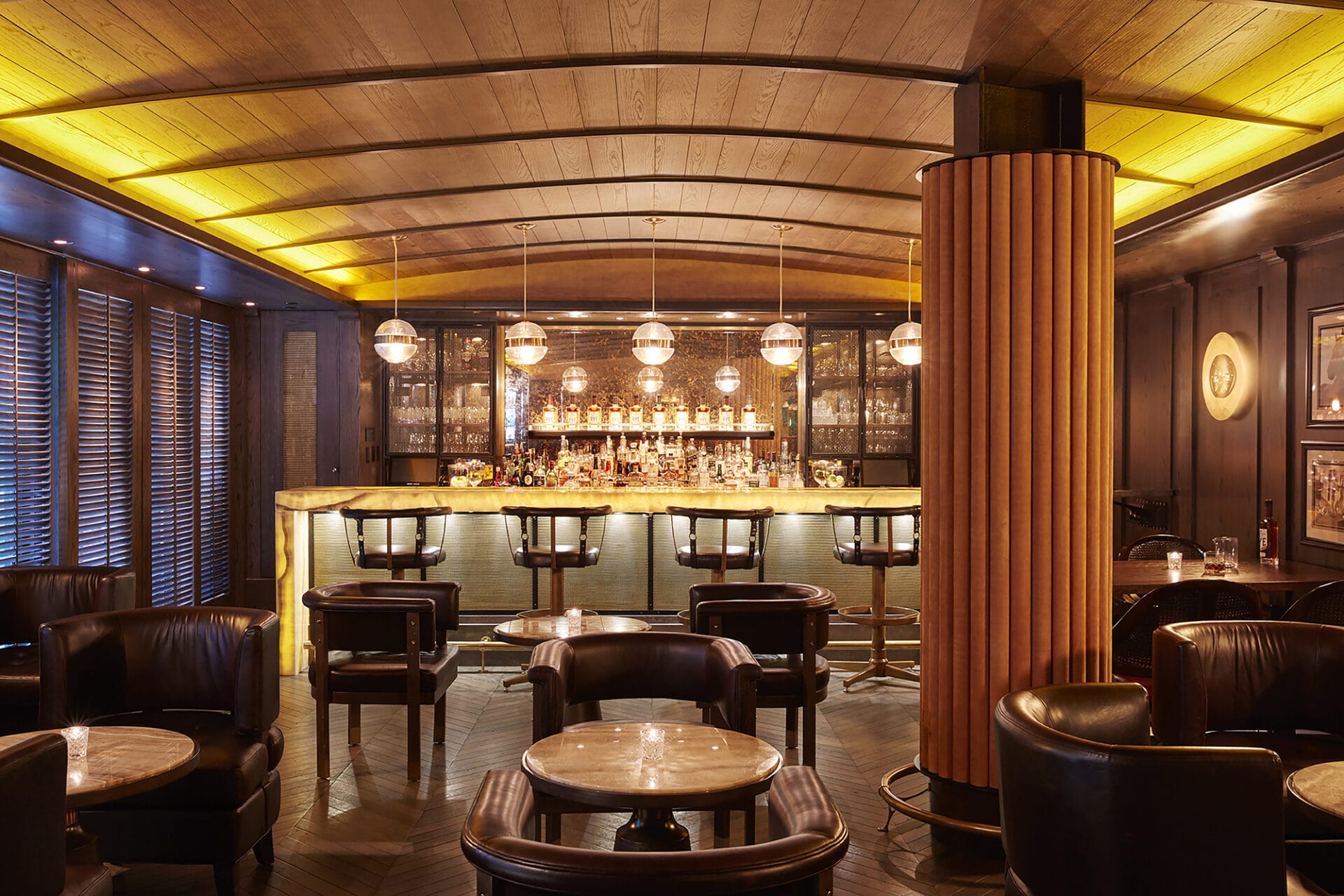Each of us carries a story in our mind of what our life could look like; in fact, we may have several. From our earliest age, as we sat in our parents’ laps or snuggled in our beds, we listened, wide-eyed with wonderment, to tales that captured our imagination and set in motion the formation of our beliefs and interests. We began to picture the life we could lead, the people we could become, the houses we could inhabit and the lifestyle we could want. As we grew older, traveled and interacted with others, the romance of these ideas may have evolved, but the life pictured was still based on a narrative we formed early on. The decisions we make and the way we shape our lives comes from these experiences, and, whether conscious of it or not, we live out the story we have created for ourselves like actors in a script.
My life has been no different with perhaps one exception: I was lucky enough to have been born the son of a travel journalist, a professional story seeker whose job it was to search out the magic in the world and share it with the rest of us. I tagged along on my father’s journeys as he looked to uncover what it was that made each magical place so special. Why would people flock to these places? What was it that gave them their own specialness?

There is a Latin term, genius loci, which, roughly translated, means “the guardian spirit of a place.” It is this spirit my father was searching for. What draws people to the energy of Manhattan or to the rugged beauty of the Rocky Mountains? What is it about the iconic red tile roofs of Florence that make the city so unmistakably Florentine?
As a boy I traveled to Kenya, to Paris, to Marrakesh. I still remember the sunsets through the umbrella pines; the polished marble floors of the impeccably classical Hôtel de Crillon; the mounds of vibrantly colored spices in the street markets. These journeys left an indelible mark on my senses and on my perceptions of the world.
Travel and exploration was a way of life for my family. One afternoon after a long lunch in an ancient building in Rome, we spilled out onto the sidewalk and into the golden light of summer. Playful and young, I took a few extra steps out into the cobblestone street. A moment later we all heard the roaring engine of a sports car echoing through the alleyways. Suddenly my father grabbed me by the shirt collar and pulled me back onto the sidewalk just as a gleaming red Ferrari streaked by and was gone in a flash. This everlasting recollection is how I formed my understanding of Rome—ancient, filled with life and perilously beautiful.
It is these types of moments that inform our senses and shape our perception of a place, and it is these perceptions, I believe, that help write the narratives we use to understand the world and our place in it.
It was very common on our travels for us to be interacting with tourism ambassadors from the country we were visiting. Often we would have meals with hotel owners or public relations agents whose goal was casting the location in its best light. These lunches and dinners were long and to a young, fidgety boy, unbearable. One day, on the terrace of the storied Villa d’Este hotel at Lake Como, Italy, I was hopelessly bored and asked if I could go explore.

This had become my way out, and my parents were happy to get me out of their hair. But there was something greater that was at play here. As I wandered the grounds and explored the gardens and ornate halls of the hotel, my mind was being filled with things these spaces were teaching me about proportion and grace, about architecture and detail, about patina and the charm of antiquity. The more I explored the more I learned. I remember the crunch of the gravel in the garden walkways and the flinty smell it lifted into the air; how lush and green the grass smelled in contrast. And I recall the lichen growing on the ancient stone balustrades that separated segments of the terraced gardens. For how long had these been here? For how many centuries have they stood and what have they seen? I imagined the people who strolled in these very gardens centuries earlier. The walls were telling me their stories, and I was captivated by them.
Perhaps it’s not so surprising that as I grew older I had an affinity for architecture and design, finding this to be fertile ground. In fact, when I was 16 and had to choose a high school elective between home economics and architectural drafting, I took the latter. Why would a 16-year-old boy want to sit in a class with a bunch of cute girls making cookies every day? Maybe it was not the most thought-through decision of my life, but it turned out to be a good one. My teacher saw something in me, and, like all great teachers, he recognized potential and helped it grow. “You are very good at this, Patrick. You have something very few of my students have. You have the ability to visualize things in your mind as if they’re sitting right in front of you,” he said. “You should really explore it. There is a summer course in architecture at Harvard called Career Discovery. I think it would be good for you.”
For an awkward teenager, getting praise for anything was worth listening to, so off I went. A few weeks into my studies, I was hooked. All of those stories I had acquired in my travels across the globe through my father’s journalist pedigree were streaming out of my head and onto paper. I couldn’t get enough.

Two years later I found myself in the architecture program at Carnegie Mellon University, where my love of design grew exponentially. It was as if I were a newly planted seed. Again, my professors rewarded creativity and urged me further. With each new studio project the designs flowed effortlessly; I had no idea why, it just seemed natural.
The truth is that for each design problem they presented me, I had already seen the solution. It was the gift my father had given me as he dragged me around the globe with him, showing me the beauty and magic the world had to offer. I had been given a vast and vivid visual library of the world’s most beautiful spaces, and I would come to use it every day.
This article originally appeared in the Spring 2019 Issue.




